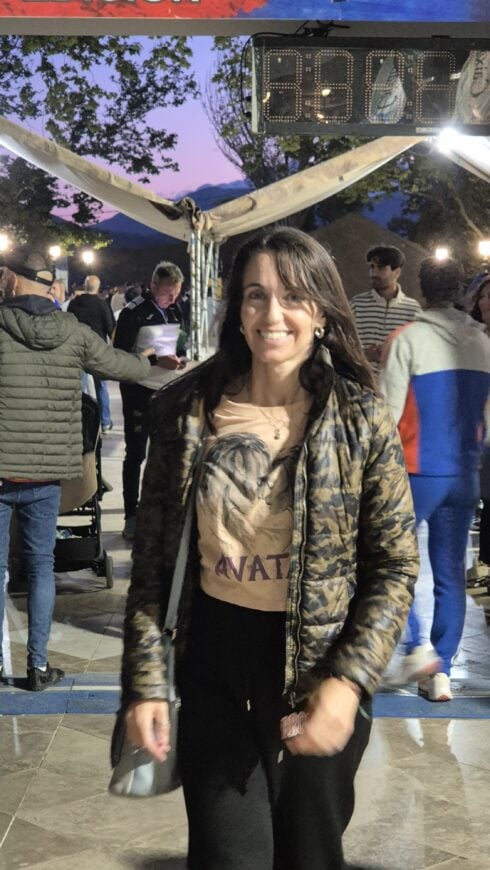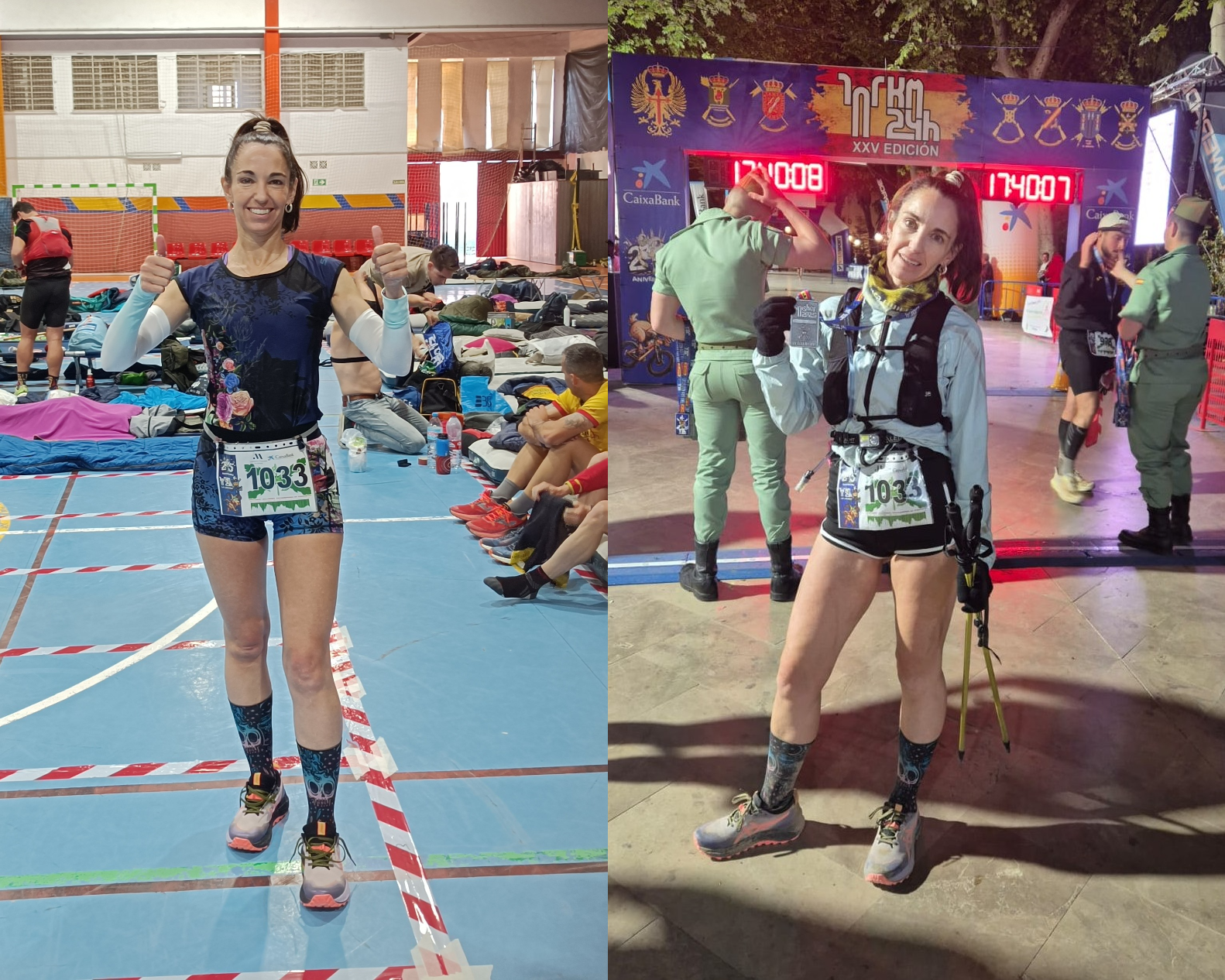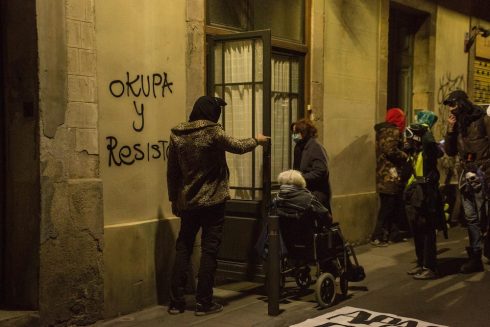RONDA is a place where dramatic landscapes, Moorish history, and whitewashed charm collide. Each spring, it becomes the unlikely setting for one of Europe’s most demanding and unique endurance events: the 101 Kilómetros de Ronda.
Far more than just a race, this ultramarathon – organised with military precision by the Spanish Legion – draws thousands of participants from across the globe.
Runners and mountain bikers descend on the town, ready to test their limits over 101 kilometres of steep trails, sun-baked hillsides, olive groves, and centuries-old villages.
Endurance racing has exploded in popularity worldwide, and the Ronda 101 has become a bucket-list challenge for many adventure seekers – not only for its sheer difficulty, but for the way it immerses participants in the rugged beauty and vibrant spirit of Andalucía.
For Cristina Hodgson, it offered a different kind of travel experience. Swapping sightseeing for sweat, and tapas for energy gels, she chose to mark her birthday with an unforgettable journey – one that pushed her body to the brink, connected her with strangers, and revealed the untamed heart of the Spanish countryside, one punishing kilometre at a time.
101 Kilometres Later…
THE day before the race was my birthday. Most people celebrate with cake, friends, maybe a glass of wine. For some reason – probably madness – I decided to ‘treat myself’ to a 101km ultramarathon through the Andalucian hills.
It was a sort of birthday gift to prove to myself that, while I might be entering a new decade of life, I could still do something my younger self never dared to – or perhaps was just wise enough to avoid. A year older, but evidently not a year wiser.

Training? Minimal. Life had other ideas – work, children, general chaos. Psychologists say anyone over 35 who suddenly signs up for a half marathon is probably having a midlife crisis. So what does it say about someone who signs up for two and a half marathons in one go? It’s the fitness equivalent of buying a Ferrari. Honestly, the Ferrari would’ve been more comfortable – and made more sense.
READ MORE:
- LIFE IN SPAIN: Michael Coy explains the Spanish Legion’s gruelling 101km race in Ronda – now celebrating its 30th year
- Walk, run or cycle: The amazingly popular 101km (63 mile) race in Spain’s Ronda
I arrived the evening before the race and bunked down in a sports pavilion with about 500 other hopefuls. Between the chorus of snores and a concrete floor, sleep was in short supply. I managed a few hours before being jolted awake at 6’45am by the Spanish Legion’s bugle call, blasting through the building. Subtle, it was not.

Bleary-eyed and slightly traumatised by brass instruments before sunrise, I dragged myself into my kit and shuffled out with the rest of the early-morning zombies toward the football pitch. Out of nowhere, thousands of runners appeared. The Legion’s drummers were pounding away – not so much to stir motivation, but more like a final warning we all chose to ignore. The beat hit somewhere between fear and excitement, thudding into our slightly unhinged souls.

The starting gun fired. The crowd roared. And we were off… at what can best be described as a dignified shuffle. We snaked through the streets of Ronda, past Spain’s oldest bullring, and into the wild beauty of the Serranía. Ahead of us: 100 kilometres of stunning scenery, excruciating climbs, and increasingly questionable decisions.

The route was undeniably beautiful – rolling hills, olive groves, sweeping views—and somewhere along the way, strangers became companions. Stories were shared, and more Aquarius and Coca-Cola were consumed than I care to admit. The energy in Setenil de las Bodegas was electric: locals cheering, high-fives flying, and a few faces that clearly questioned our sanity. (Frankly, at that point, I’d have traded my energy gel for a cold beer.)
Ten hours in, I reached kilometre 70. My body gently suggested, ‘maybe stop now’.

But my brain, ever the overachiever, insisted we keep going. They’d saved the hardest for last – brutal climbs, cruel descents, and a bitterly cold stretch near the ermita. I stopped to throw on every layer I had. Turning around, I saw a winding trail of headlamps in the mountains behind me – a surreal ribbon of light twisting through the darkness. Beautiful, in a masochistic kind of way.
Seven hours later, I stumbled over the finish line. A medal was placed around my neck. My legs declared strike action. My face looked 20 years older than it had that morning. Around me, fellow finishers were crying, laughing, and sometimes both at once. Everyone had run their own story – some to test limits, others to think, to escape, or simply because they could.

I send a huge thanks to the Legion and the volunteers. The organisation was flawless, the support along the course unforgettable. And the people? Incredible.
Would I do it again?
Ask me once I can feel my toes again.







